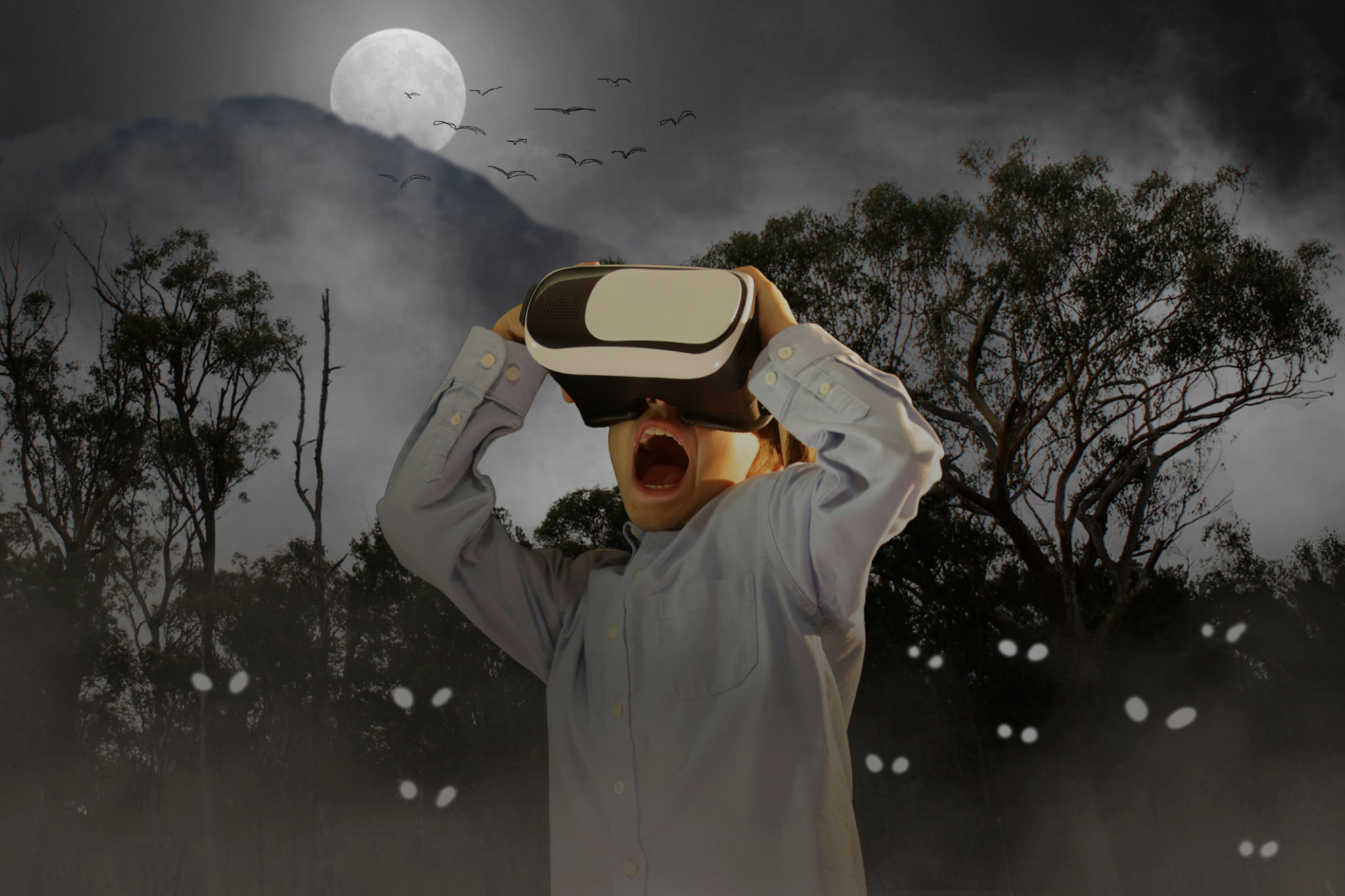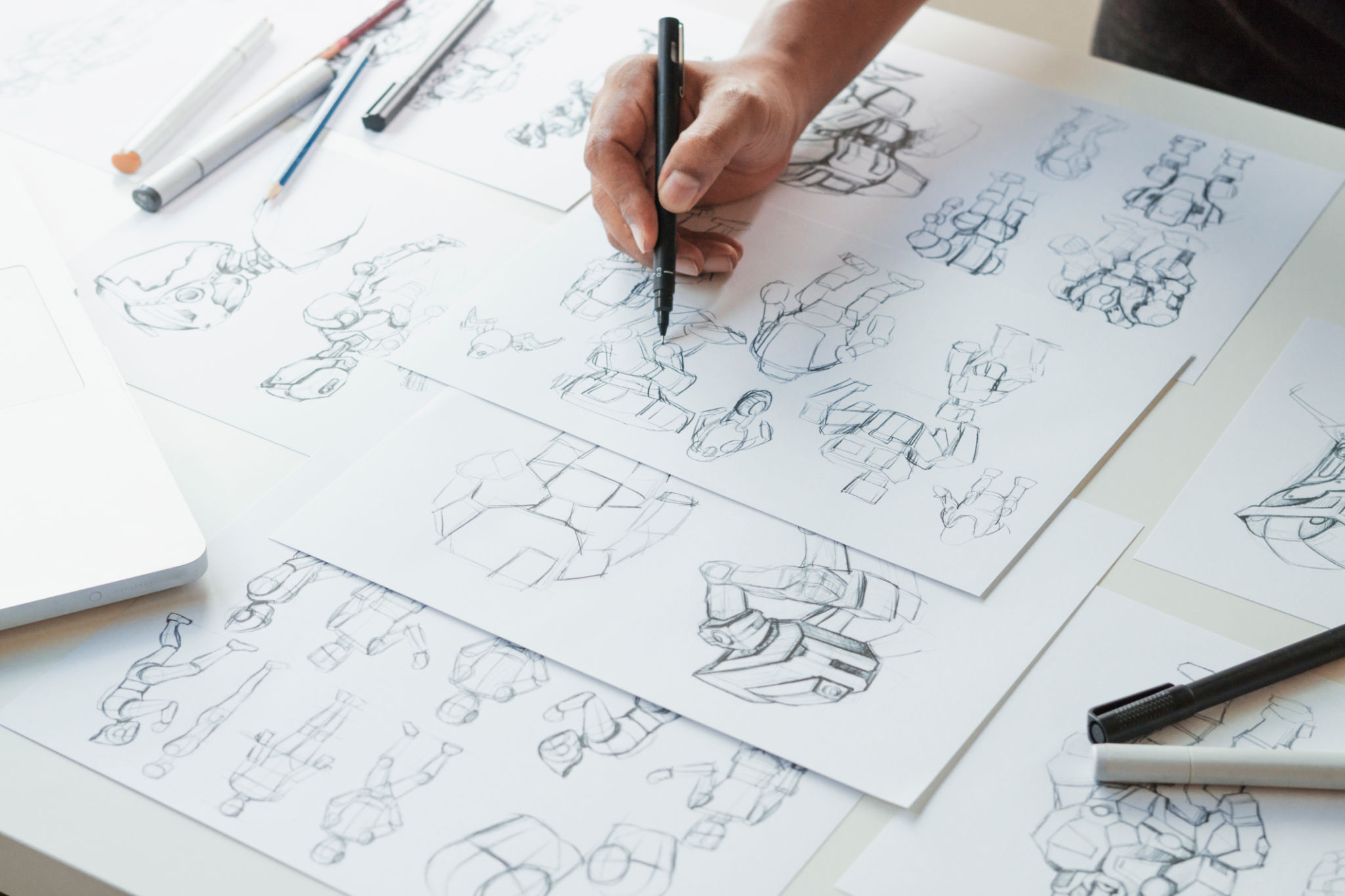Facility13: Dark Descent – Behind the Scenes of a VR Horror Game
Exploring the Origins of Facility13: Dark Descent
Diving into the chilling world of Facility13: Dark Descent, players are thrust into a spine-tingling experience crafted meticulously by a dedicated team. The journey from concept to virtual reality horror game was not without its challenges. In this behind-the-scenes look, we uncover the creative processes and technological innovations that brought this terrifying game to life.

The Conceptualization Phase
The idea for Facility13 stemmed from a desire to create an immersive horror experience that pushes the boundaries of fear in virtual reality. The creative team, comprised of talented storytellers and game designers, aimed to craft a narrative that was both engaging and haunting. They drew inspiration from classic horror films and literature, ensuring that each element of the game contributed to its eerie atmosphere.
During brainstorming sessions, the team focused on creating a setting that would naturally evoke fear. An abandoned facility, shrouded in mystery and darkness, became the perfect backdrop for uncovering hidden secrets. The storyline was designed to keep players on edge, blending suspenseful exploration with moments of intense terror.

Designing the Virtual World
Bringing the ominous environment of Facility13 to life required a blend of cutting-edge technology and artistic vision. The development team utilized advanced VR technologies to ensure players felt fully immersed in the game's world. Every detail, from the creaking floorboards to the flickering lights, was meticulously crafted to heighten the sense of dread.
Collaborating closely with sound designers, the team integrated a dynamic audio system that reacts to player movements and choices. This attention to auditory detail plays a crucial role in amplifying the game's tension, making players feel as if they're truly inside the haunted facility.

The Challenges of VR Development
Developing for VR presents unique challenges, particularly when creating a horror game. Ensuring that the game runs smoothly while delivering high-quality graphics was a significant hurdle. The team worked tirelessly to optimize performance without compromising on visual fidelity.
Another challenge was designing intuitive controls that would allow players to navigate the environment seamlessly. Given the intense nature of horror games, it was essential that players could interact with their surroundings naturally, enhancing their immersion and engagement.

Testing and Refining the Experience
Extensive playtesting was crucial in refining Facility13: Dark Descent. Feedback from testers helped identify areas where the game could be improved, whether it was adjusting the difficulty of puzzles or tweaking the timing of jump scares. The development team prioritized creating a balanced experience that provided thrills without overwhelming players.
Additionally, player feedback was invaluable in fine-tuning the narrative elements. The goal was to ensure that every twist and turn in the storyline felt organic and contributed to the overall sense of mystery and unease.

The Impact of Facility13: Dark Descent
Since its release, Facility13: Dark Descent has captivated horror enthusiasts and VR gamers alike. Its success is a testament to the hard work and dedication of the development team. By leveraging innovative technology and creative storytelling, they have set a new standard for what is possible in VR horror gaming.
As players continue to explore the depths of Facility13, they are not just experiencing a game but becoming part of a chilling narrative that stays with them long after they've removed their VR headsets. This immersive journey into fear is just the beginning, as the team behind Facility13 looks toward future projects that promise to push the boundaries even further.